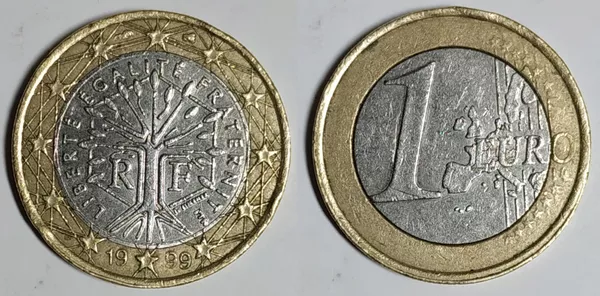The 1 Euro cent coin is a small but important denomination in the euro currency system. Introduced in 2002 along with the rest of the euro coins and banknotes, it has become a ubiquitous presence in the pockets and purses of millions of Europeans. In this article, we will take a closer look at the 1 Euro cent coin, including its history, design, and current usage.
History of the 1 Euro cent coin
Before the introduction of the euro, each European country had its own currency, and each currency had its own set of denominations. The smallest denomination in some countries was the 1 cent coin, while in others it was the 5 or 10 cent coin. When the euro was introduced, the European Central Bank (ECB) and the national central banks of the participating countries decided to adopt a common set of denominations, with the 1 cent coin being the smallest.
The design of the 1 Euro cent coin
The front side of the 1 Euro cent coin features an image of Europe, with the outline of the continent visible and the twelve stars of the European Union arranged around the edge. The back side of the coin features a map of Europe, with the denomination “1 Euro Cent” written in various languages around the edge. The design was created by Luc Luycx, a Belgian artist who won a competition held by the ECB to design the euro coins.
Current usage of the 1 Euro cent coin
Despite its small size and value, the 1 Euro cent coin plays an important role in the euro currency system. It is used in cash transactions throughout the eurozone, and is particularly useful for making exact change. For example, if a purchase comes to €1.99 and you pay with a €2 coin, you would receive 1 Euro cent in change.
Some people have argued that the 1 Euro cent coin should be abolished, as it is often seen as a nuisance due to its low value. In fact, some countries have already taken steps in this direction. In the Netherlands, for example, cash payments are now rounded to the nearest 5 cents, so if a purchase comes to €1.98 or €1.99, it will be rounded down to €1.95.
However, other countries are still committed to keeping the 1 Euro cent coin in circulation. In Germany, for example, the government has stated that it has no plans to abolish the coin, as it is considered an important symbol of the euro currency system.
Conclusion
The 1 Euro cent coin may be small, but it plays an important role in the euro currency system. Its design, featuring the image of Europe and the twelve stars of the European Union, reflects the shared identity and values of the participating countries. While some people have called for the coin to be abolished, others see it as a valuable part of the currency system. Whether or not it continues to be used in the future, the 1 Euro cent coin will remain an important part of the history of the euro.
Related topics:


